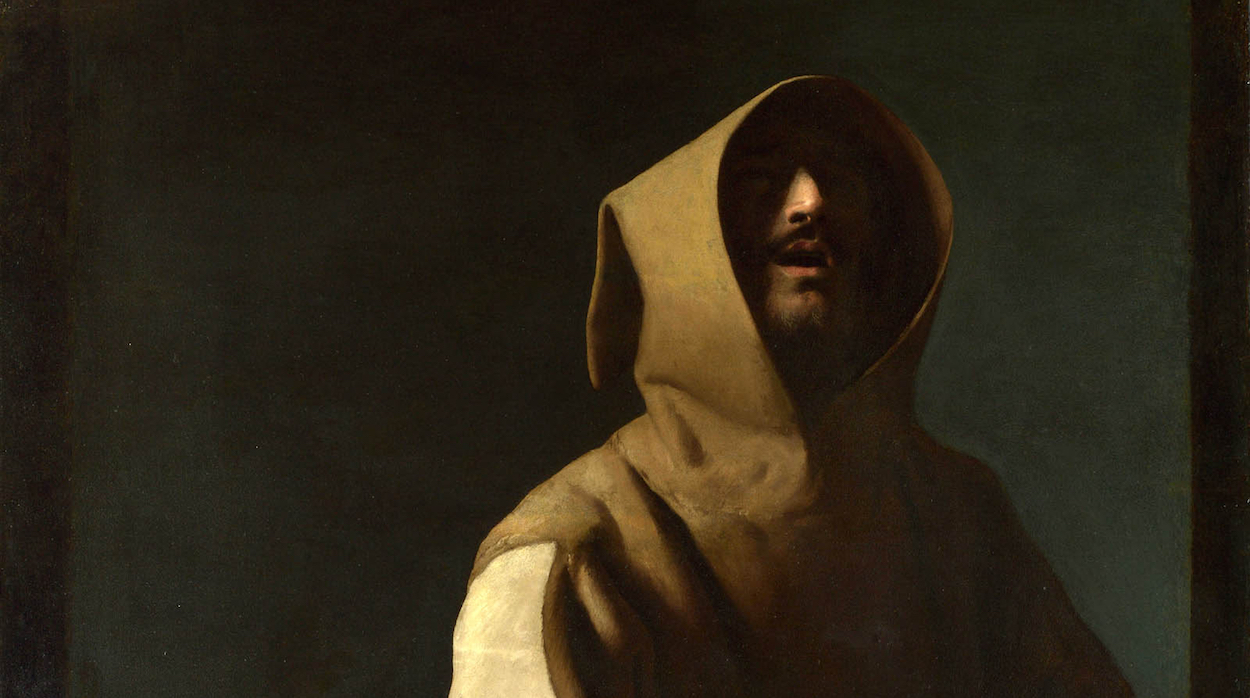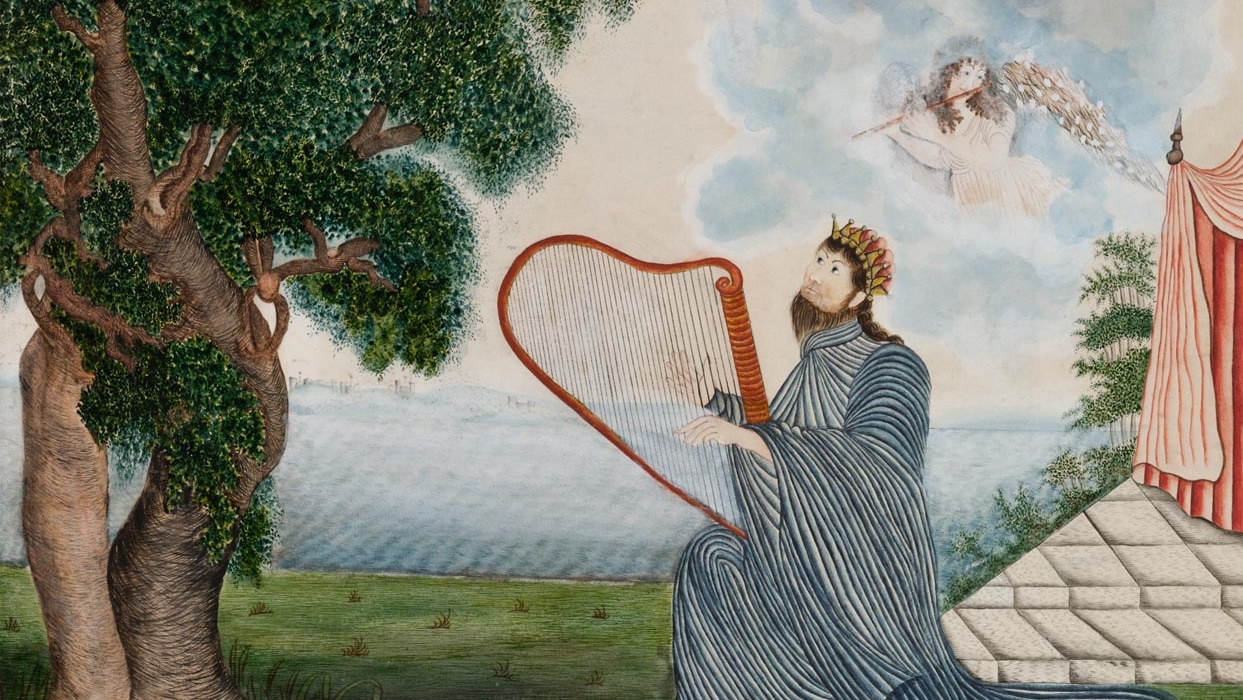Many have believed that St. Francis of Assisi lived more like Jesus Christ than anyone else ever did. His identification with Jesus was so great that he developed the Stigmata, the five excruciating wounds Christ bore when he was crucified.
Francis was born at the end of the 12th century to an Italian father and a French mother. In his youth he enjoyed the good life, dressing well and pursuing pleasures with wealthy friends. In time he joined the military, was captured, became ill, and returned home to Assisi. Experiencing a conversion, he devoted himself to a life of poverty, gathered a small group of followers, and composed the simplest of rules for the group—“To follow the teachings of our Lord Jesus Christ and to walk in his footsteps.” The rules were later expanded to include vows of chastity and obedience.
In time, Pope Innocent III approved Francis’ petition to establish a new religious order, the “Order of Friars Minor” (OFM). Around 1224, while fasting and praying, Francis received the Stigmata, which he bore until his death two years later. Two years after his death, Francis was canonized by Pope Gregory IX.
Innumerable essays, books, and films have recounted the life of St. Francis. One of my favorites is Gilbert Keith Chesterton’s, in which he wrote: “The adoration of Christ had been a part of the man’s passionate nature for a long time . . . But the imitation of Christ, as a sort of plan or ordered scheme of life [came later].”
Franciscan biographer Murray Bodo OFM remarks in The Way of St. Francis, “It is impossible to overemphasize the centrality of Jesus Christ crucified in the life of St. Francis.” He goes on to describe Francis’ visit to the mountain La Verna, where he prayed “O Lord, I beg of you two graces before I die—to experience personally and in all possible fullness the pains of your bitter Passion, and to feel for you the same love that moved you to sacrifice yourself for us,” after which he received the Stigmata.
One of the best known and most loved works attributed to St. Francis, “The Prayer of St. Francis,” was actually written by an anonymous twentieth-century author. Even so, millions of people continue to associate it with Francis, no doubt because its message uniquely captures his spirituality, which so closely fits the message of the Gospels. Here is that prayer:
The Prayer of St. Francis
Lord, make me an instrument of your peace,
Where there is hatred, let me sow love;
Where there is injury, pardon;
Where there is doubt, faith;
Where there is despair, hope;
Where there is darkness, light;
Where there is sadness, joy;
O Divine Master,
Grant that I may not so much seek
To be consoled as to console;
To be understood as to understand;
To be loved as to love.
For it is in giving that we receive;
It is in pardoning that we are pardoned;
And it is in dying that we are born to eternal life.
There are four broad forms of prayer—Adoration, expressing reverence for God’s majesty; Thanksgiving, expressing gratitude for one’s blessings; Contrition, expressing remorse for one’s sins; and Petition, requesting something for oneself or others, for example deliverance from an affliction. A prayer often combines two or more of these forms. For example, the greatest Christian prayer, which Jesus taught us, begins in adoration and then turns to petition—asking for God to fill our need for forgiveness and protection from evil.
What I find most intriguing about “The “Prayer of St. Francis” is its unusual form. It begins immediately in petition and remains there for two of its three stanzas. In addition, what is asked for is quite unexpected, especially by people schooled in self-adulation. The plea is not for the improvement of self but for the abnegation and sacrifice of self, so as to become God’s instrument for overcoming evil with good.
The final stanza is unusual in that it is not expressed in one of the four forms but is instead an explanation of the gifts God bestows on those who follow Francis’ example and empty themselves of self.
Although we may never know the anonymous author of the prayer, we can be certain he or she was guided by the Holy Spirit.
A fitting way to close this small tribute to a great saint is with a link to a version of the hymn based on the “Prayer of St. Francis,” beautifully sung by Angelina as she walks in the place Francis called home. Here is that link.
Copyright © 2020 by Vincent Ryan Ruggiero. All rights reserved








